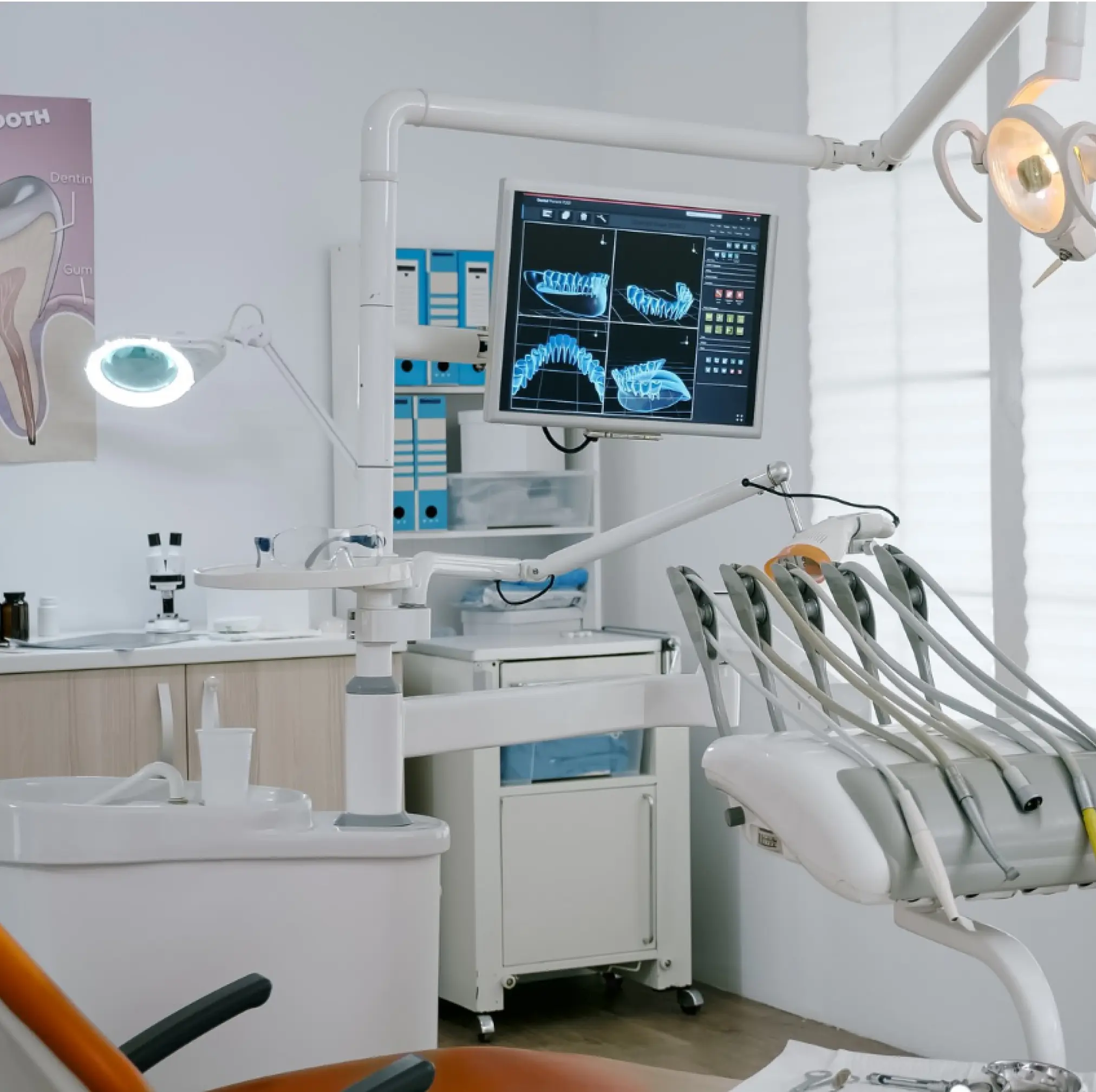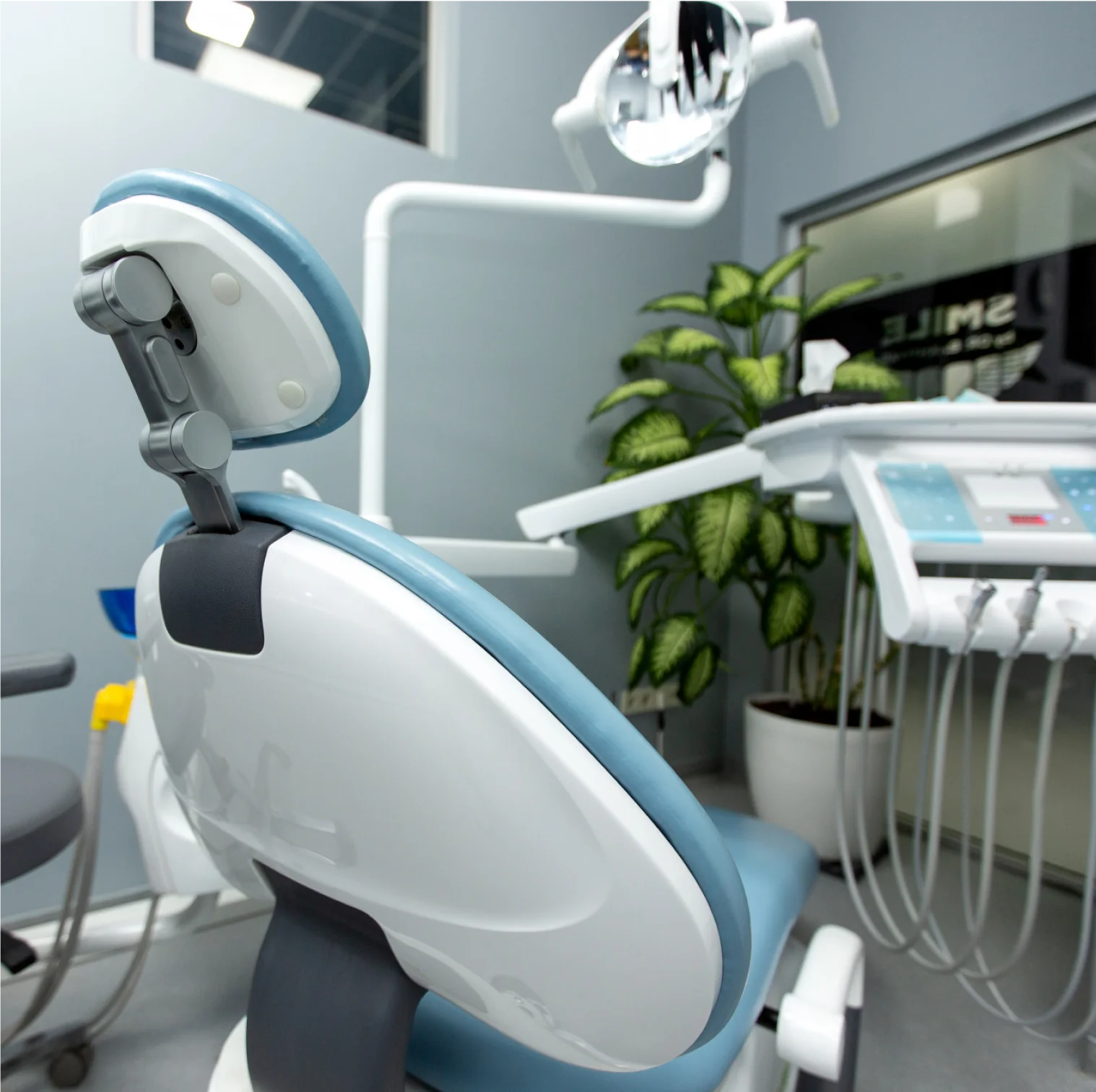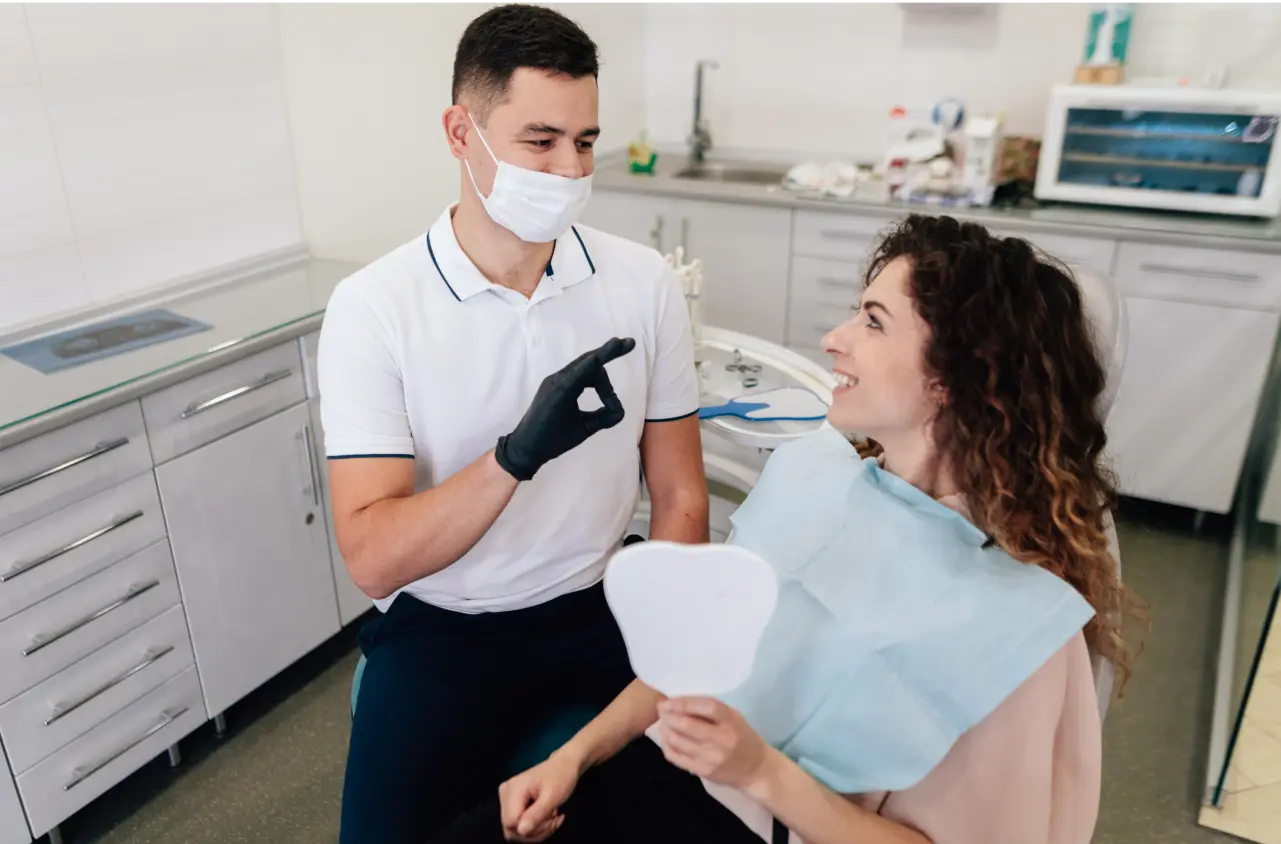Customised Gum Recession Treatment Plans
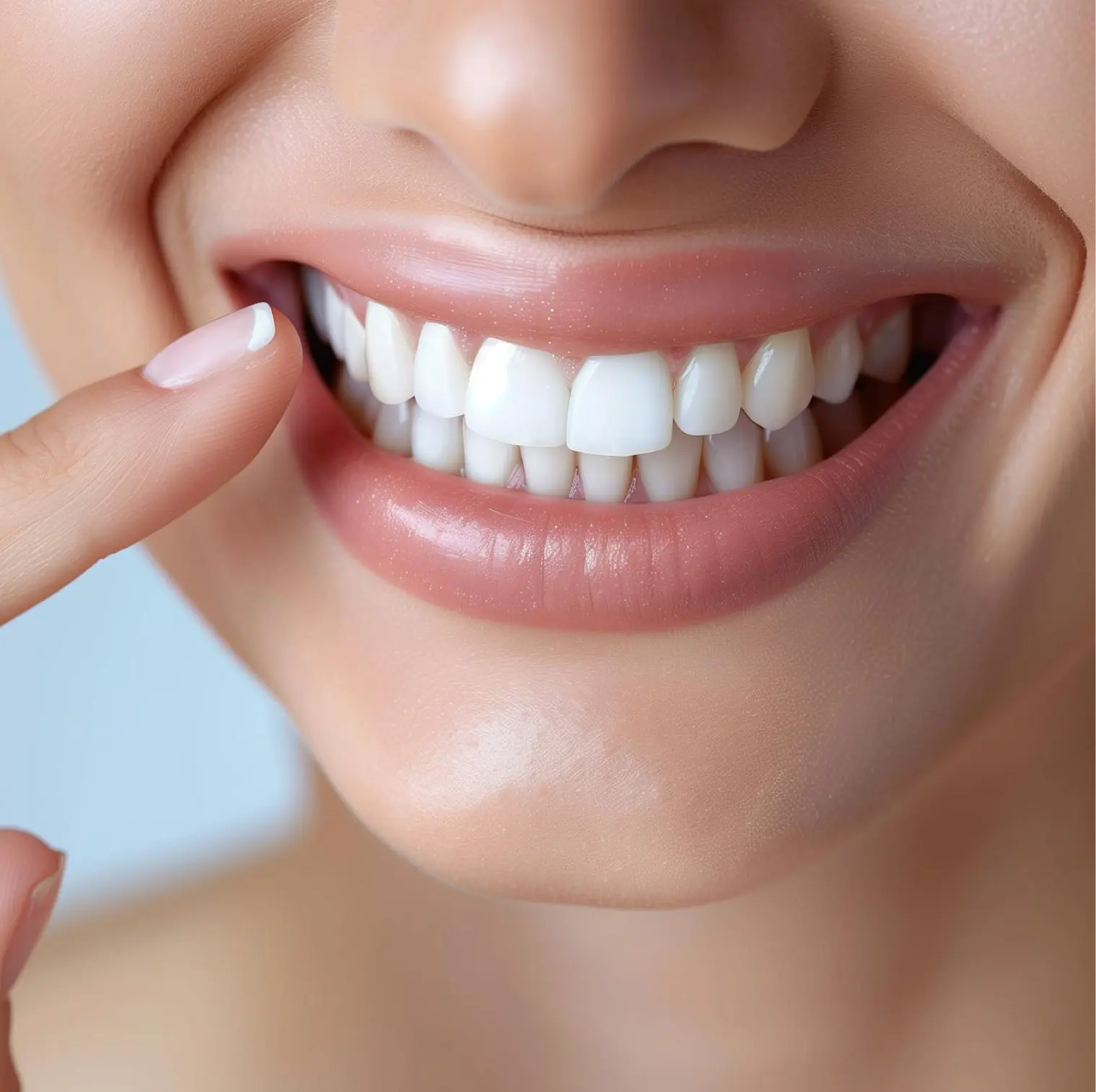
Our skilled periodontists have extensive experience in diagnosing and treating gum recession, ensuring you receive the highest standard of care.
Dr.Paul’s Gum Recession Services
From initial consultation to post-treatment care, we provide a full range of services to address all aspects of gum recession and maintain your oral health.
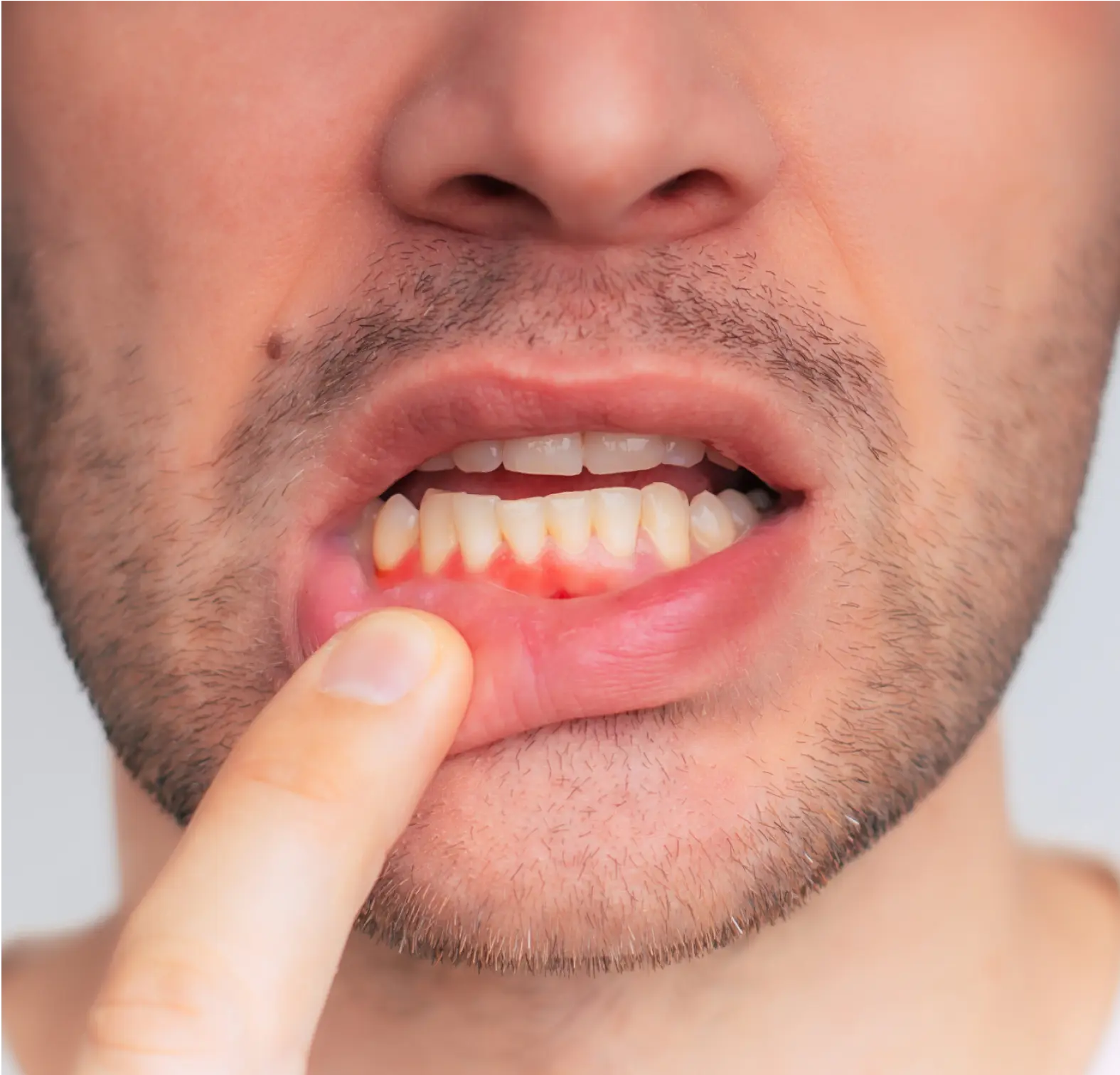
What is Gum Recession?
Does your tooth look longer than normal? Have you been experiencing sensitivity in your teeth? Even though this disease is quite rampant, most people do not recognise it as it happens over a period of time. Tooth sensitivity is the first sign or you might observe that your tooth appears to be longer than usual. Gum Recession happens when the margin of the gum pulls back exposing the tooth root. Connect with us at Dr. Paul’s for safe and effective gum recession treatment in Dubai.
If gum recession is left untreated, it can even lead to the loss of teeth. As pockets or gaps develop between the teeth and the gum lines, these gaps can be targets for bacterial infections. The supporting tissues can get infected and it can even spread to the bone and eventually lead to tooth loss. At Dr. Paul’s Dental Clinic in Dubai, we urge you to visit our gum specialist in Dubai and not to ignore this disease. If you feel that your gums are receding, you should fix your appointment with us at the earliest. We have the right treatment approach that can repair the gums and prevent further damage.
The laser targets and removes infected tissue with precision, promoting healthy gum regeneration and reducing the risk of future issues.
Various Treatment Options for Gum Recession
At Dr. Paul’s Dental Clinic, Dubai, our periodontist in Dubai follow these procedures for gum recession treatment plans.
Composite Restoration
Composite resins are tooth-coloured and can be used to cover the surface of the root and also to close the black gaps between teeth.
Orthodontics
Orthodontic treatments can take time as the changes can be very slow. They help in moving the position of the teeth to correct the gum margin.
Desensitising Agents, Varnishes, and Dentin Bonding Agents
They reduce the sensitivity in the exposed tooth root. We apply desensitising agents that will avert the symptoms which allow you to brush your teeth without sensitivity.
Pink Porcelain or Composite
Pink in colour, this is used to fill the gaps in the places where the gum has receded.
Read More
Why Choose Us?
Our team of dentists at Dr. Paul’s are vastly experienced in diagnosing conditions of gum recession, employing the latest and most effective treatment for gum restorations. We plan out a comprehensive treatment approach that arrests the condition and provides the right solution on a timely basis. Visit us right away to map out an effective treatment plan if you are showing symptoms of gum recession – we’re here for you.


Book an Appointment
With Your Doctor NOW!
Contact Dr. Paul’s Dental Clinic in Dubai to book your consultation and start your journey towards healthier gums today.
Other Services
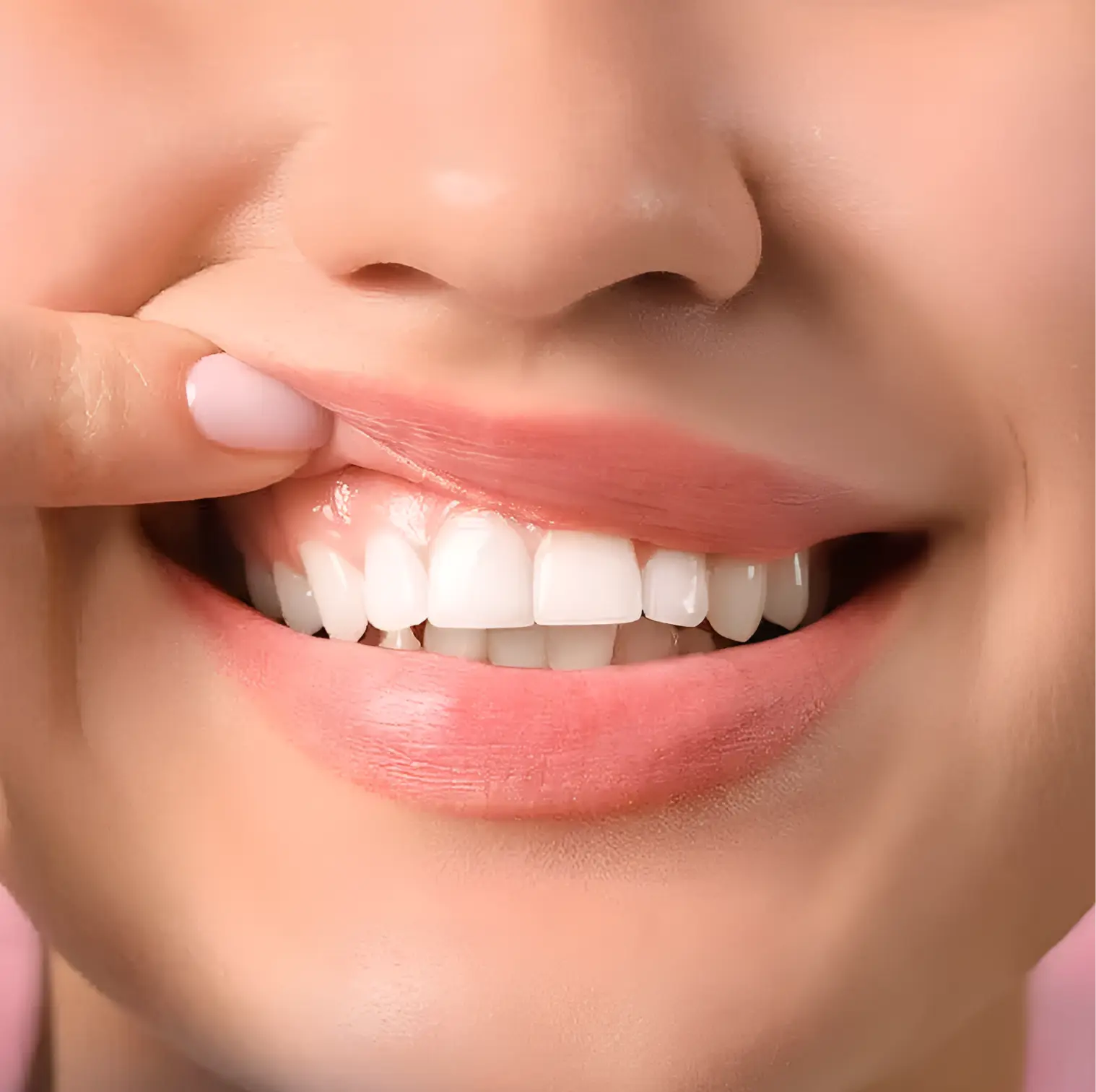
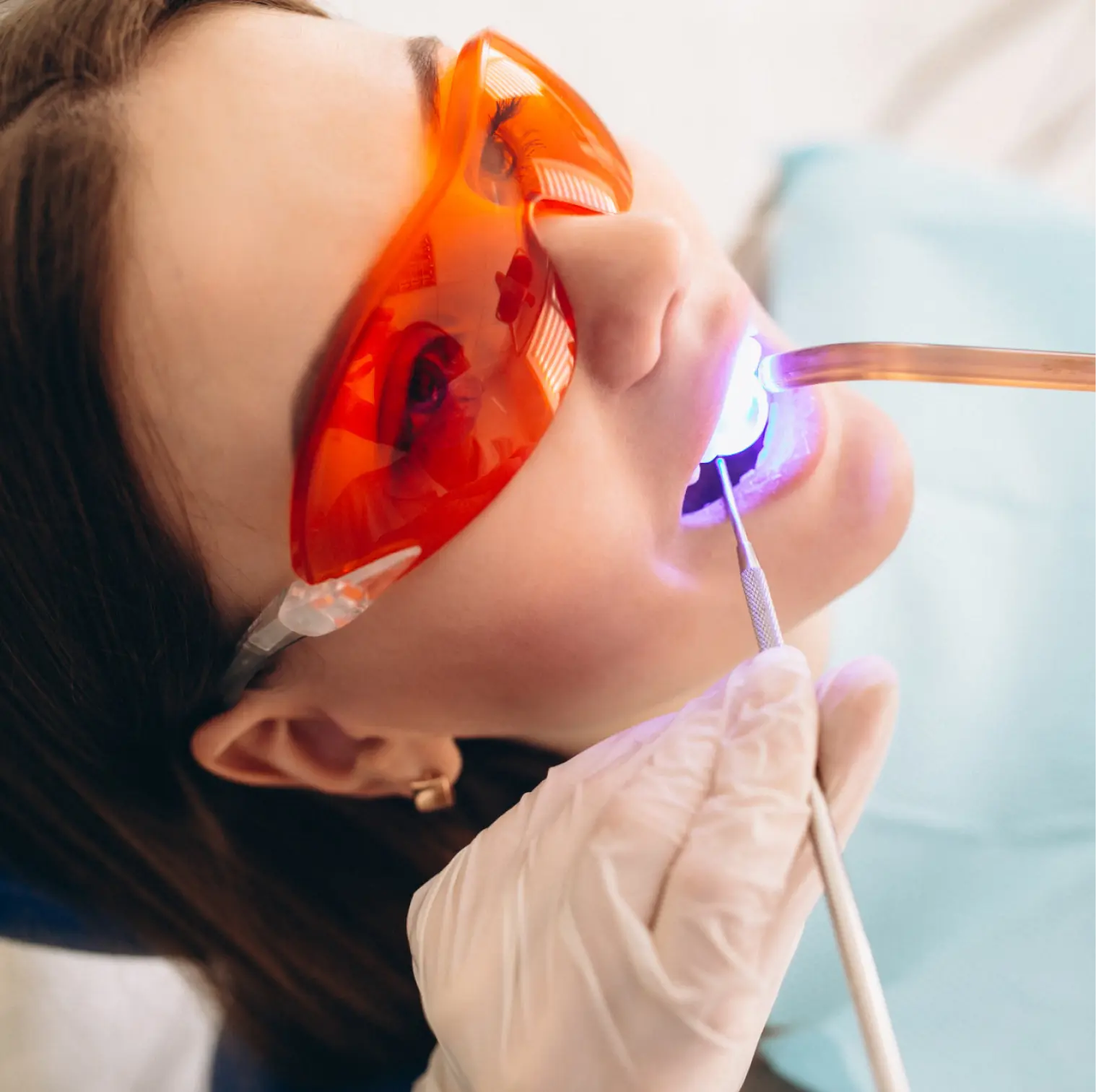

We Accept Insurances From











FAQs
Why Do Gums Recede?
Gum can recede due to several factors:
- Genetic predisposition: Some people are more prone to gum disease than others. Studies reveal that 30% of people have genetically related gum issues, regardless of their oral hygiene practices.
- Hormones: Puberty, pregnancy, and menopause can cause fluctuations in female hormone levels. This can make gums more sensitive and more vulnerable to gum recession.
- Aggressive tooth brushing: Brushing your teeth too hard or the wrong way can cause the enamel on your teeth to wear away and your gums to recede.
- Improper dental care: Improper oral hygiene can cause plaque to turn into calculus or tartar. This substance can harden on and between your teeth leading to gum recession.
- Periodontal diseases: Bacteria that get lodged in the deep gum pockets can destroy gum tissue and even erode the bone that holds your teeth in place.
- Other factors: Continued chewing and smoking tobacco products, teeth grinding, crooked teeth or bad bite and piercings of the lip or tongue can lead to gum recession.
Am I at risk for gum recession? How do I find out?
Age is one of the primary risk factors for gum recession. If you are above the age of 65, you are very likely to have gum recession. If you are a smoker or chew tobacco products, the chances of getting gum recession are very high. Genetics plays an important role in gum recession. There is a higher likelihood of passing characteristics of thin or weak gums through genes. Diabetes is also a key risk factor for receding gums.
What are the habits I should adopt to avoid or prevent gum recession?
Yes, gum recession can be kept at bay. The best way is to adopt good oral hygiene practices:
- Brush and floss your teeth twice, daily.
- Do not miss your appointment with the dentist or periodontist. You should ideally fix an appointment at least twice a year, or as recommended by your dentist.
- Opt for a soft-bristled toothbrush. You should adopt the right way to brush your teeth.
- Sometimes, the root cause of gum recession is a misaligned bite or tooth grinding. You should then discuss with your Orthodontist about how to go about correcting these issues.
- Quit the habit of smoking and do remember to eat a well-balanced and healthy diet.
Book an Appointment With Your Doctor NOW!
Ready for a brighter smile? Schedule your appointment with Dr. Paul’s Dental Clinic today and experience exceptional dental care.
